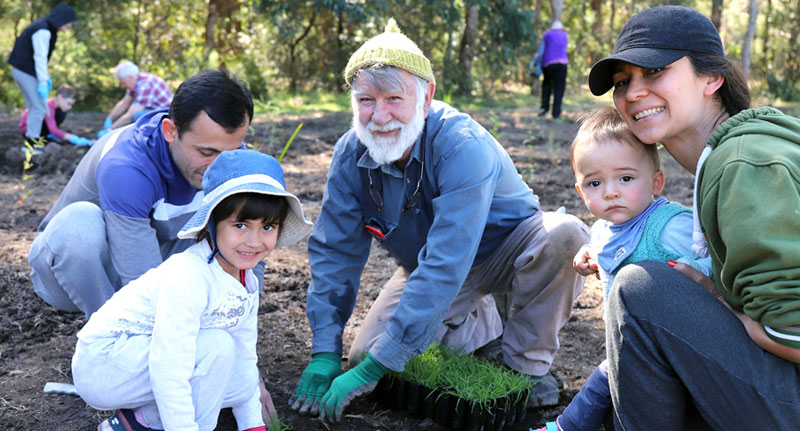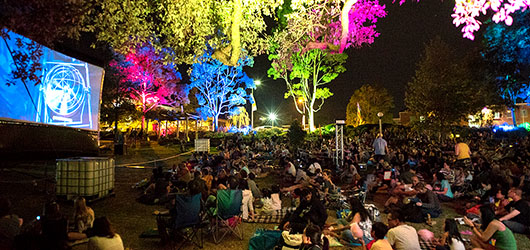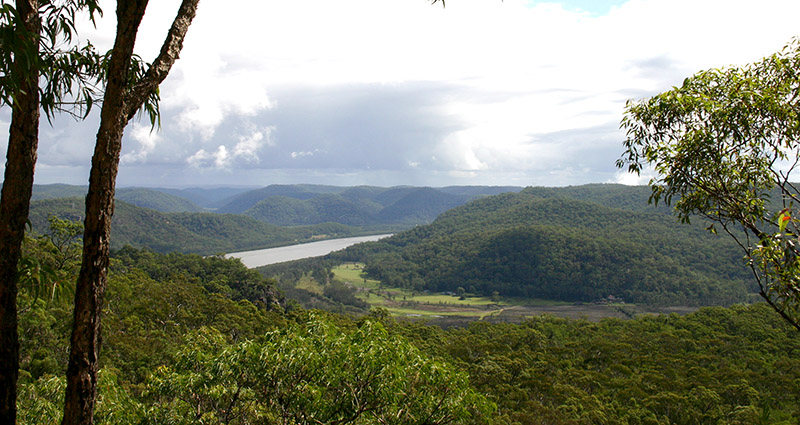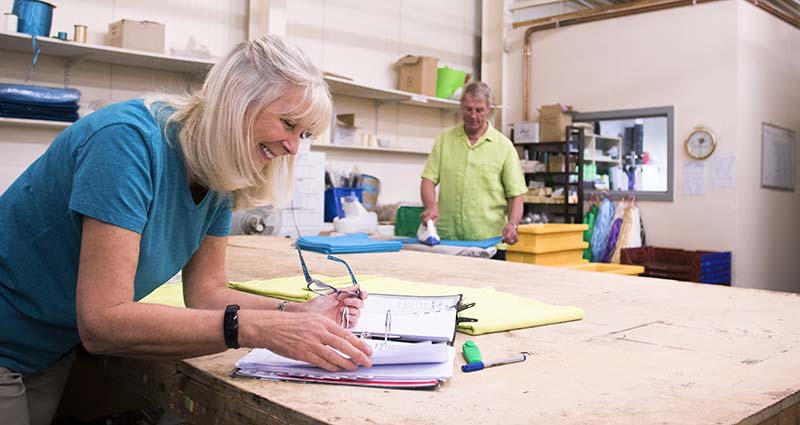What is a landscape heritage study?
The Landscape Heritage Study is a review of all natural and cultural landscape items listed on Schedule 5 of the Hornsby LEP, excluding National Parks. The Landscape Heritage Study intends to capture all cultural and natural landscapes and attributes that have heritage significance for listing in the Hornsby LEP and to provide greater detail and clarity around the landscape heritage of Hornsby Shire, as it exists today.
There are three broad categories, that are based on the World Heritage guidelines for cultural landscape types, that are applied to assess culturally significant landscapes. They offer a useful starting point for understanding landscapes.
- Designed landscapes are created intentionally. They include garden and parkland landscapes constructed for aesthetic reasons, such as trees, avenues, parks, gardens, cemeteries and plazas.
- Organically evolved or 'vernacular' landscapes have developed over time in response to, and association with the natural environment. Organically evolved landscapes often develop through changes brought about by patterns of use. They fall into two sub-categories: a relict landscape where an evolutionary process has ended; and a continuing landscape where the evolutionary process is still in progress. Organically evolved landscapes include farming landscapes, industrial landscapes such as goldfields, and linear landscapes such as railway lines.
- Associative landscapes are primarily based on religious, spiritual, artistic or cultural associations with the natural environment. Associative landscapes are often significant for their intangible, non-physical values associated with events, activities or significant people. They include landscapes such as explorers' routes, Aboriginal places and river crossings or places where celebrations have occurred. They also include landscapes that have stories told about them. Documents and oral histories relating to what happened at the place are especially important in identifying and assessing how people interacted with these types of landscapes.






